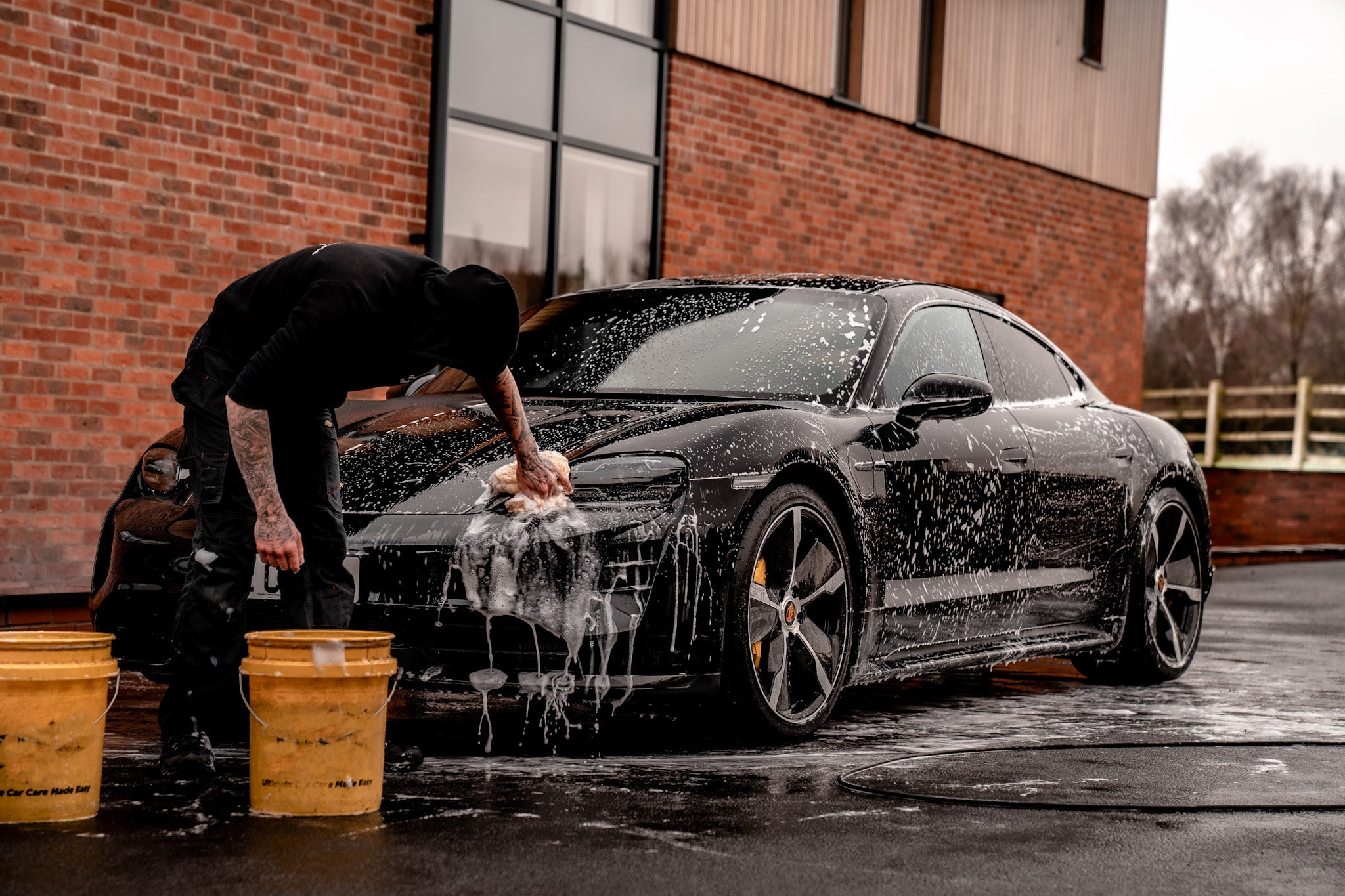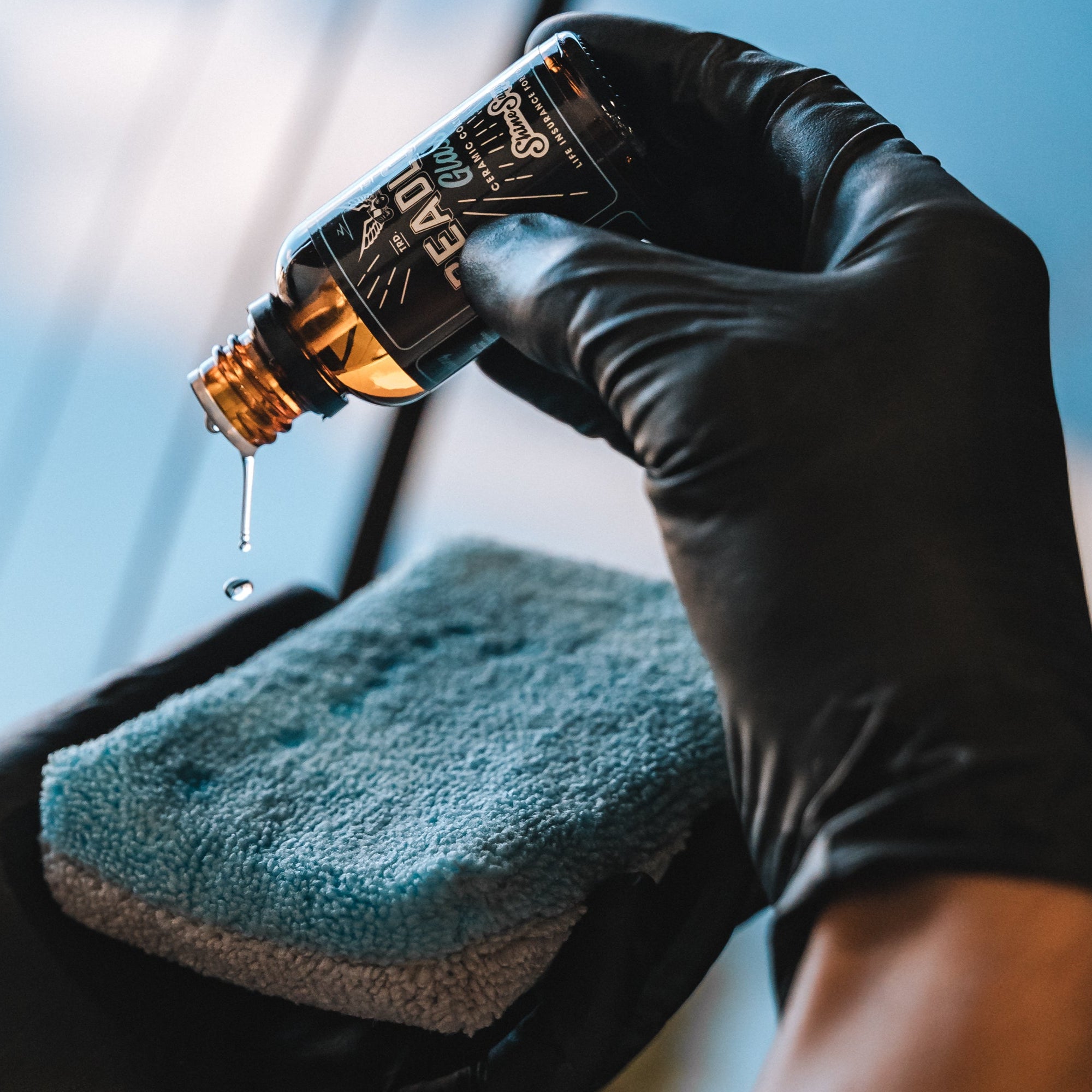Experience professional car detailing to deep clean your vehicle’s interior and exterior.
Experience professional car detailing to deep clean your vehicle’s interior and exterior.
Blog Article
A Comprehensive Guide to the Types of Ceramic Covering on the Market
Ceramic coverings have become a crucial remedy across different sectors because of their distinct residential or commercial properties and applications. From silica-based formulations understood for their toughness to crossbreed choices that combine multiple advantages, the selections readily available can be frustrating. Recognizing the nuances of each type, including their specific advantages and suitable usage cases, is necessary for making educated decisions. As we discover the distinct characteristics and applications of these coatings, the implications for efficiency and longevity become increasingly noticeable, increasing questions regarding which kind could ideal match your demands.
Comprehending Ceramic Coatings
Ceramic coatings are sophisticated safety options that have obtained popularity in different industries, specifically in vehicle and aerospace applications. These finishes are composed of a fluid polymer that, when cured, forms a long lasting, hydrophobic layer on the surface of the substratum. This layer gives improved resistance to environmental impurities, UV radiation, and chemical direct exposure, thus prolonging the life and aesthetic appeal of the underlying product.
The fundamental element of ceramic coverings is silica, which adds to their solidity and resilience. The application procedure normally entails surface prep work, application of the finish, and curing, which can be achieved with warmth or UV light. Once treated, ceramic finishings exhibit exceptional bonding residential properties, permitting them to stick strongly to a selection of surfaces, consisting of metals, plastics, and glass.
In enhancement to their protective attributes, ceramic finishes additionally supply ease of upkeep. Their hydrophobic nature reduces the adherence of dust and crud, making cleansing simpler and less frequent. In general, the fostering of ceramic coverings represents a considerable innovation in surface security modern technology, supplying both useful and aesthetic benefits throughout numerous industries.
Kinds of Ceramic Coatings
Numerous kinds of ceramic finishings are offered, each designed to meet specific efficiency requirements and applications - Car Detailing. One of the most common kinds consist of:
Silica-based Coatings: These layers primarily include silicon dioxide and are understood for their sturdiness and chemical resistance. They are extensively utilized in automobile and commercial applications.
Titanium Dioxide Coatings: Popular for their photocatalytic residential properties, titanium dioxide coatings are typically applied in settings where self-cleaning and antifungal residential properties are desirable, such as in building products and auto surfaces.
Zirconia Coatings: Characterized by their high-temperature stability and thermal resistance, zirconia coatings are used in applications such as wind turbine engines and high-performance automotive parts.
Alumina Coatings: Exhibiting outstanding solidity and thermal stability, alumina finishes are often used in wear-resistant applications, consisting of cutting tools and industrial machinery. - Paint Protection Film
Hybrid Coatings: Combining the buildings of numerous materials, crossbreed coverings provide improved efficiency features, making them appropriate for distinct and requiring applications.
Each sort of ceramic coating offers unique objectives, permitting customers to pick the most appropriate service based on particular ecological conditions and performance demands.
Benefits of Ceramic Coatings
Coatings play an important function in boosting the performance and long life of surface areas throughout numerous sectors. Ceramic coverings, particularly, deal many benefits that make them increasingly preferred amongst makers and consumers alike. One of the primary benefits is their exceptional longevity. These finishes are resistant to scratches, chemicals, and UV rays, making certain that the underlying surface continues to be protected with time.
Along with toughness, ceramic find here coatings provide exceptional hydrophobic buildings, permitting simple cleaning and upkeep. This water-repellent nature minimizes the adherence of dirt, grime, and other contaminants, which can extend the aesthetic appeal and functionality of the surface. Additionally, ceramic finishes can significantly boost thermal resistance, making them excellent for applications that endure heats.

Application Process
When applying ceramic finishes, a meticulous technique is vital to attain optimal results. The application procedure normally begins with complete surface preparation. This involves cleaning, sanitizing, and brightening the surface to eliminate all impurities, including dirt, grease, and prior waxes or sealers. A tidy surface makes sure proper adhesion of the finish.
As soon as the surface is prepped, the next action is to apply the ceramic finish. The covering should be applied in thin layers, as thicker applications can lead to irregular finishes.
After application, the covering calls for a specific curing time, normally varying from a few hours to a full day, relying on the product. Throughout this time around, it is crucial to stay clear of direct exposure to dampness or impurities. Finally, a mild buffing might be required after curing to boost the gloss and get rid of any type of high places. Complying with these steps diligently will optimize the performance and longevity of the ceramic layer, supplying a long lasting safety layer for the surface area.
Maintenance and Longevity
To make sure the durability and performance of a ceramic covering, regular maintenance is essential. Ceramic layers, understood for their longevity and protective high qualities, need certain treatment regimens to maximize their lifespan and efficiency. The initial step in maintenance entails regular cleaning with pH-neutral soap, avoiding rough chemicals that can weaken the coating. It is suggested to clean the car routinely, preferably every two weeks, to avoid the buildup of pollutants that try this site might jeopardize the finishing's stability.
In addition to routine cleaning, routine evaluations are crucial. Try to find indicators of wear or damage, such as hydrophobic buildings lessening or surface imperfections. If essential, a light gloss might be put on rejuvenate the coating without removing it away.
Additionally, the application of a booster spray can enhance the coating's hydrophobic effects and recover its gloss. This is especially beneficial for finishes that have been in use resource for an extended duration. Eventually, by adhering to these maintenance methods, one can dramatically extend the life of a ceramic coating, ensuring that it remains to offer optimal protection against ecological factors and maintain the aesthetic appeal of the lorry.
Conclusion

Report this page